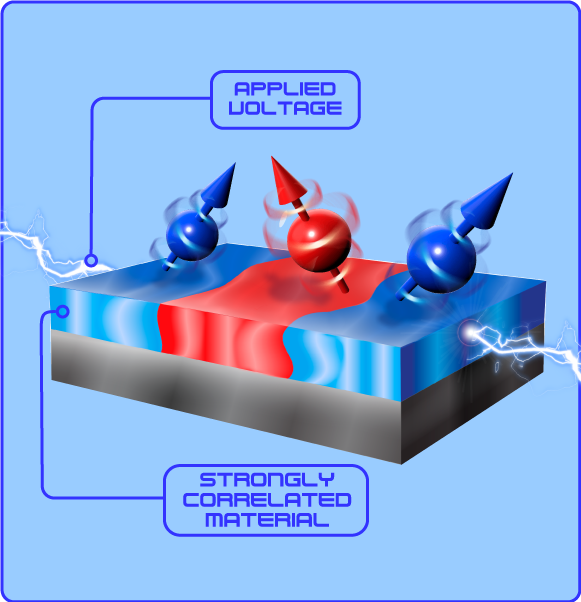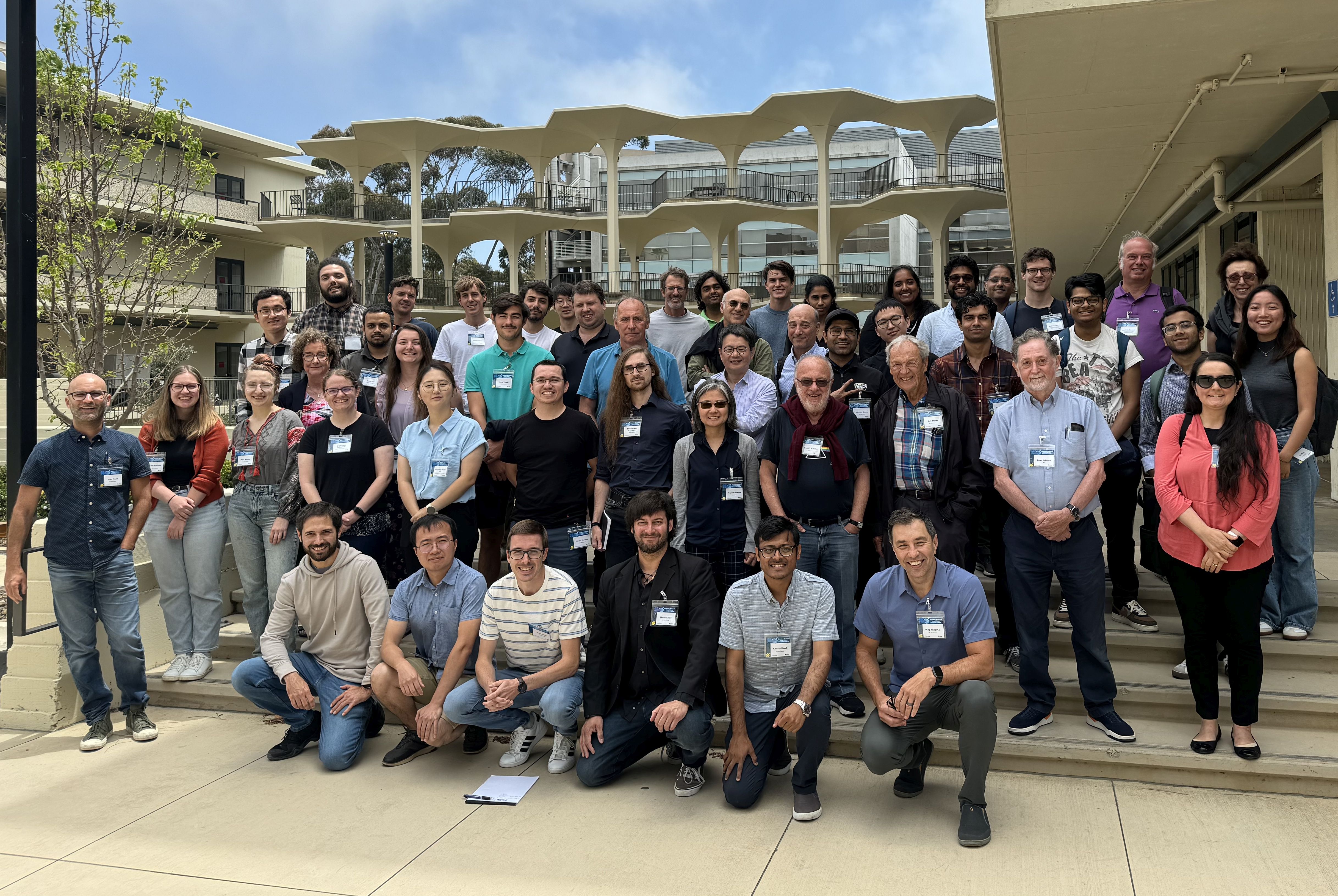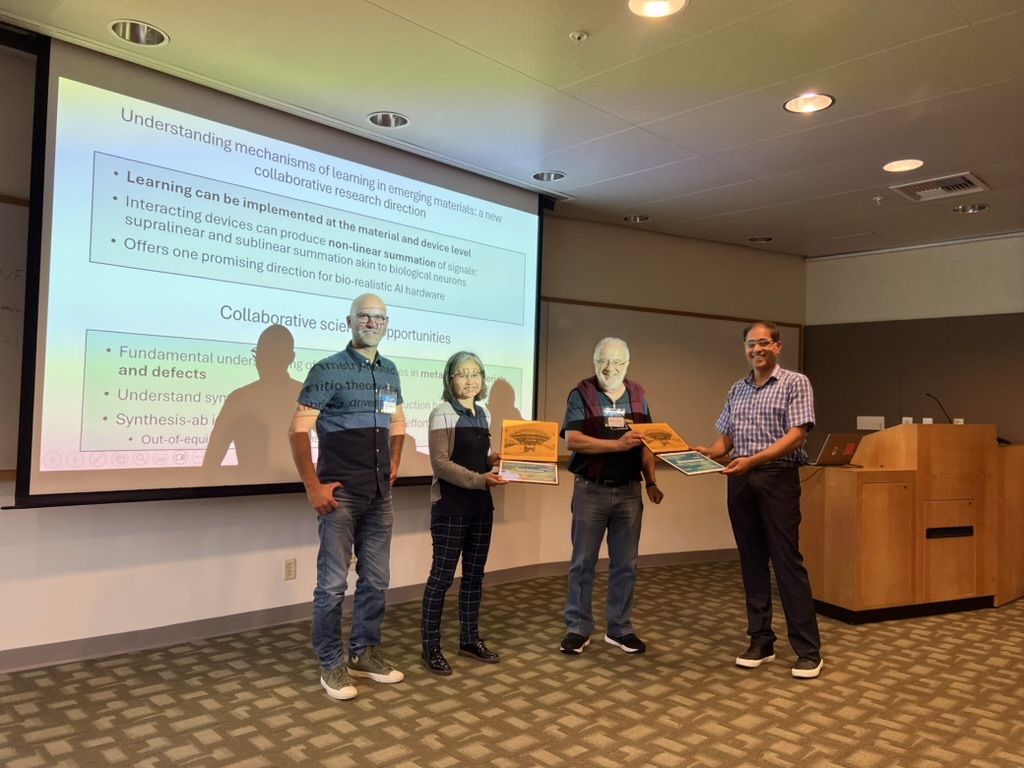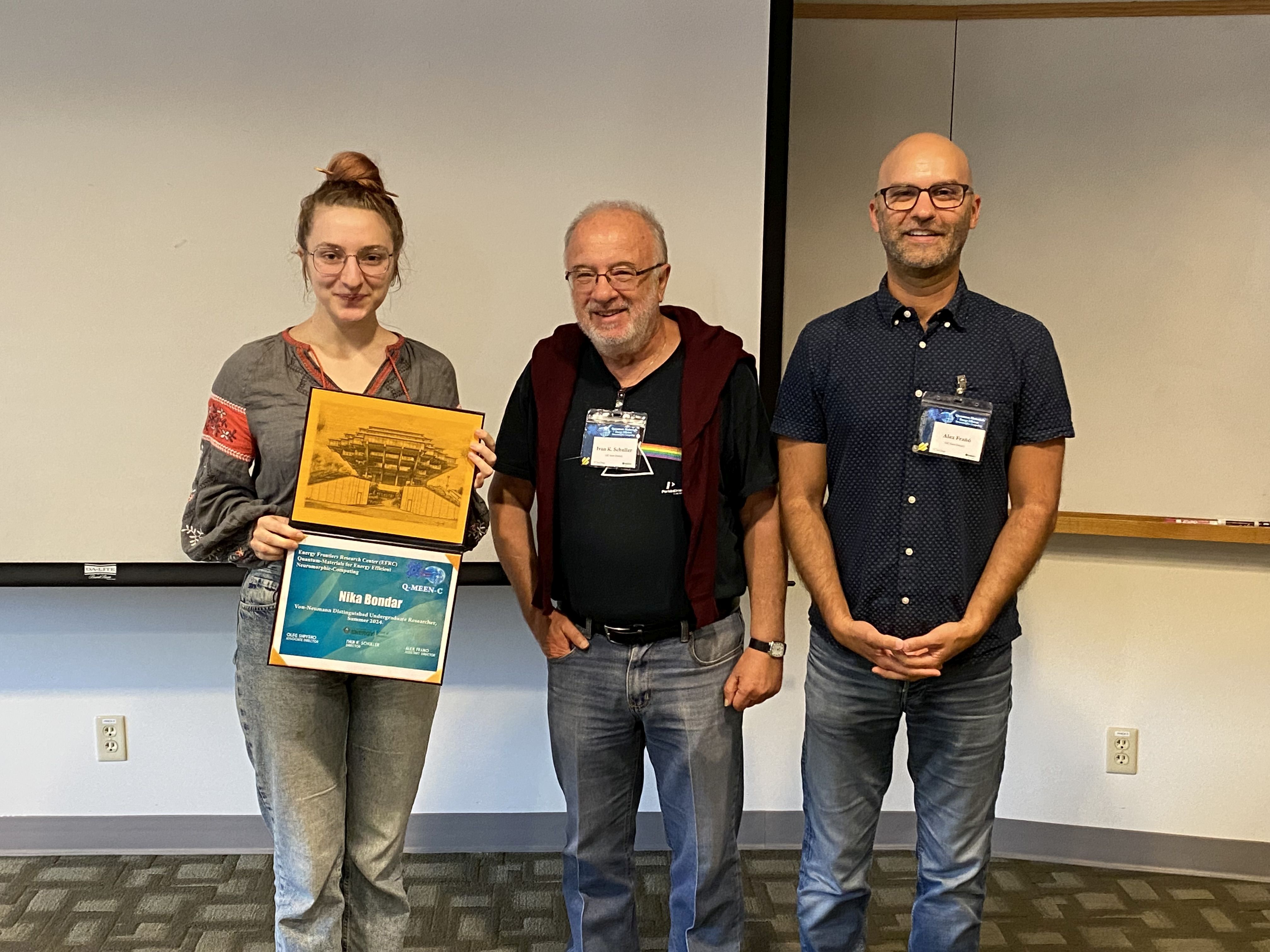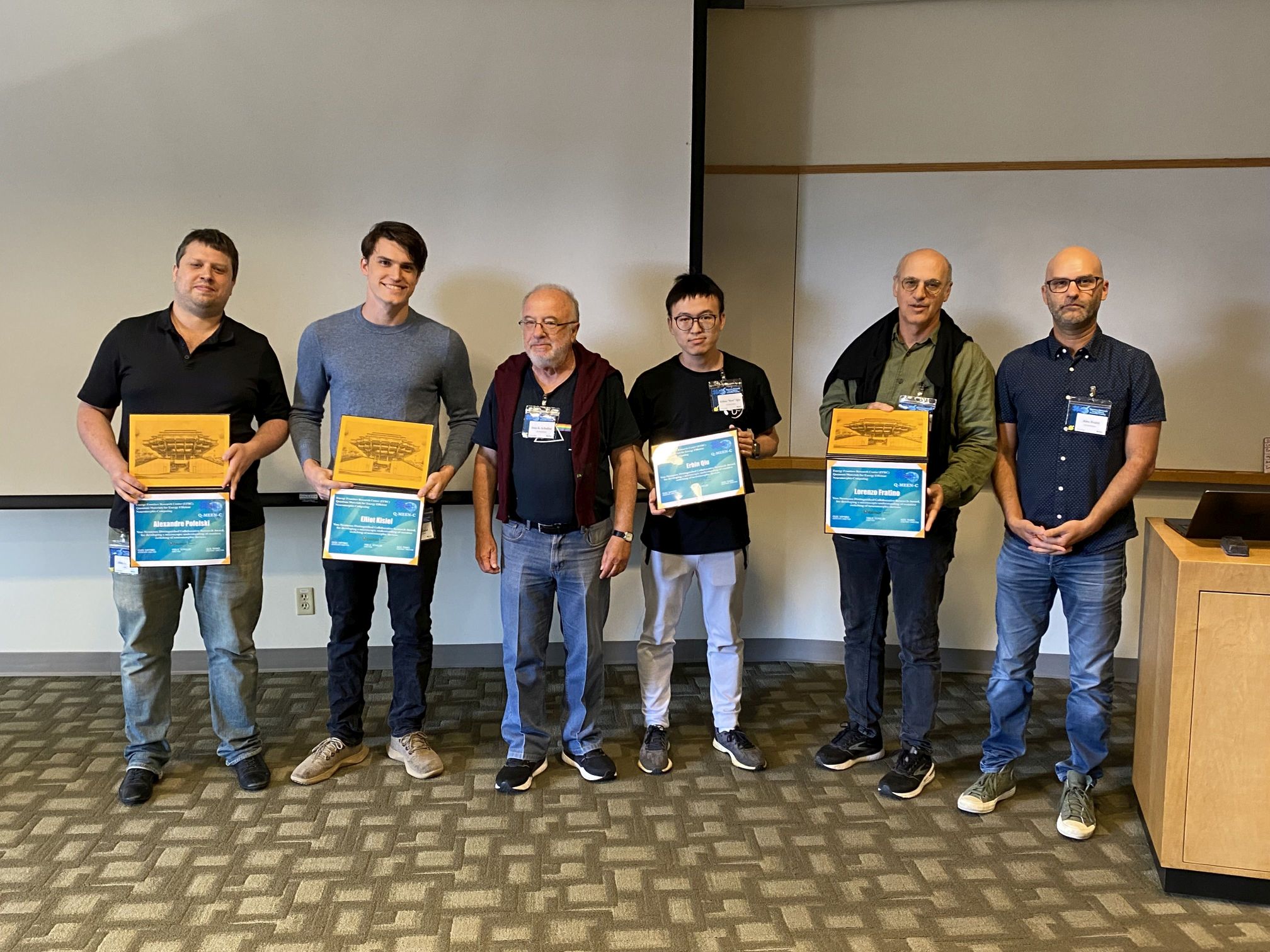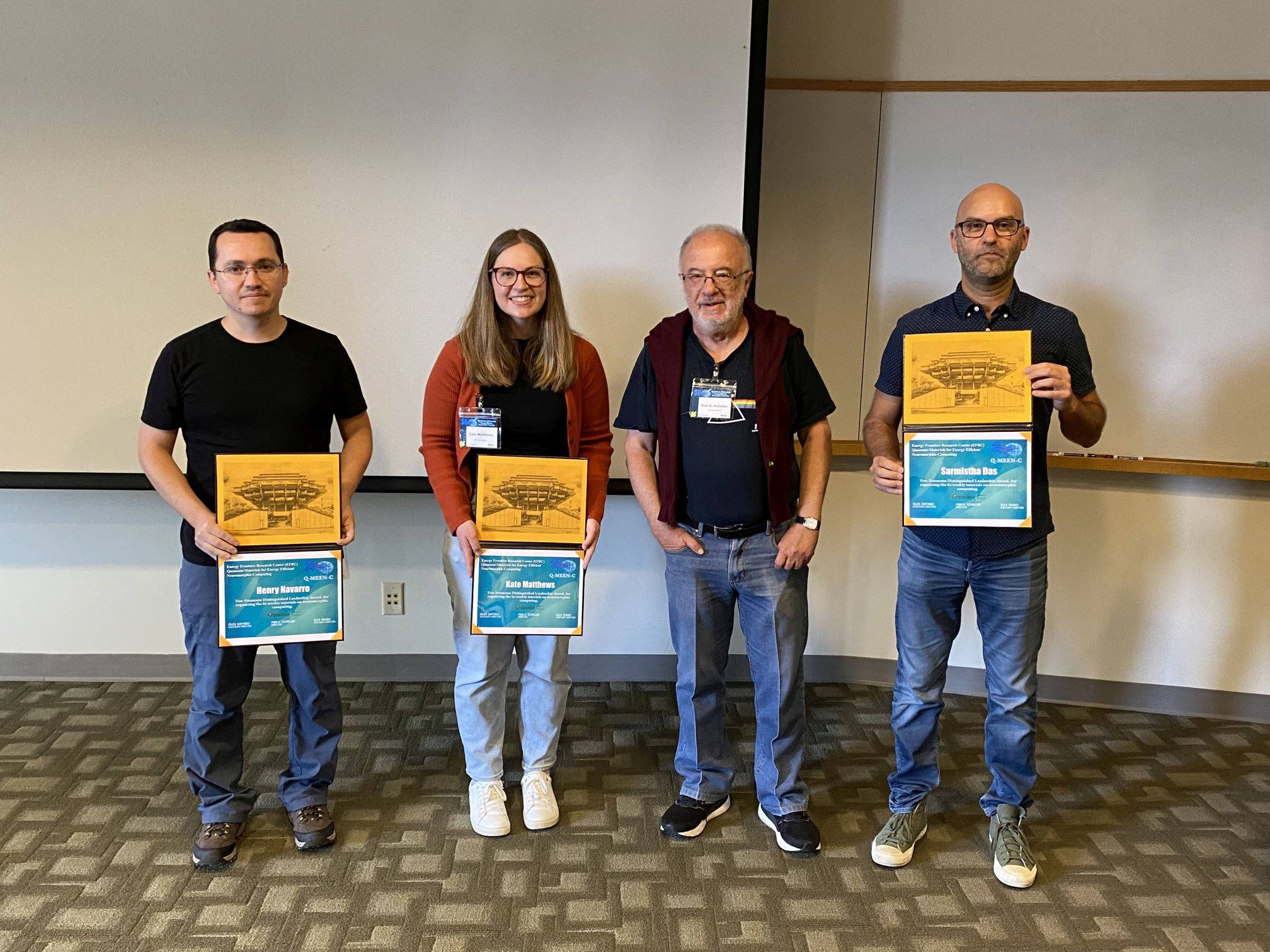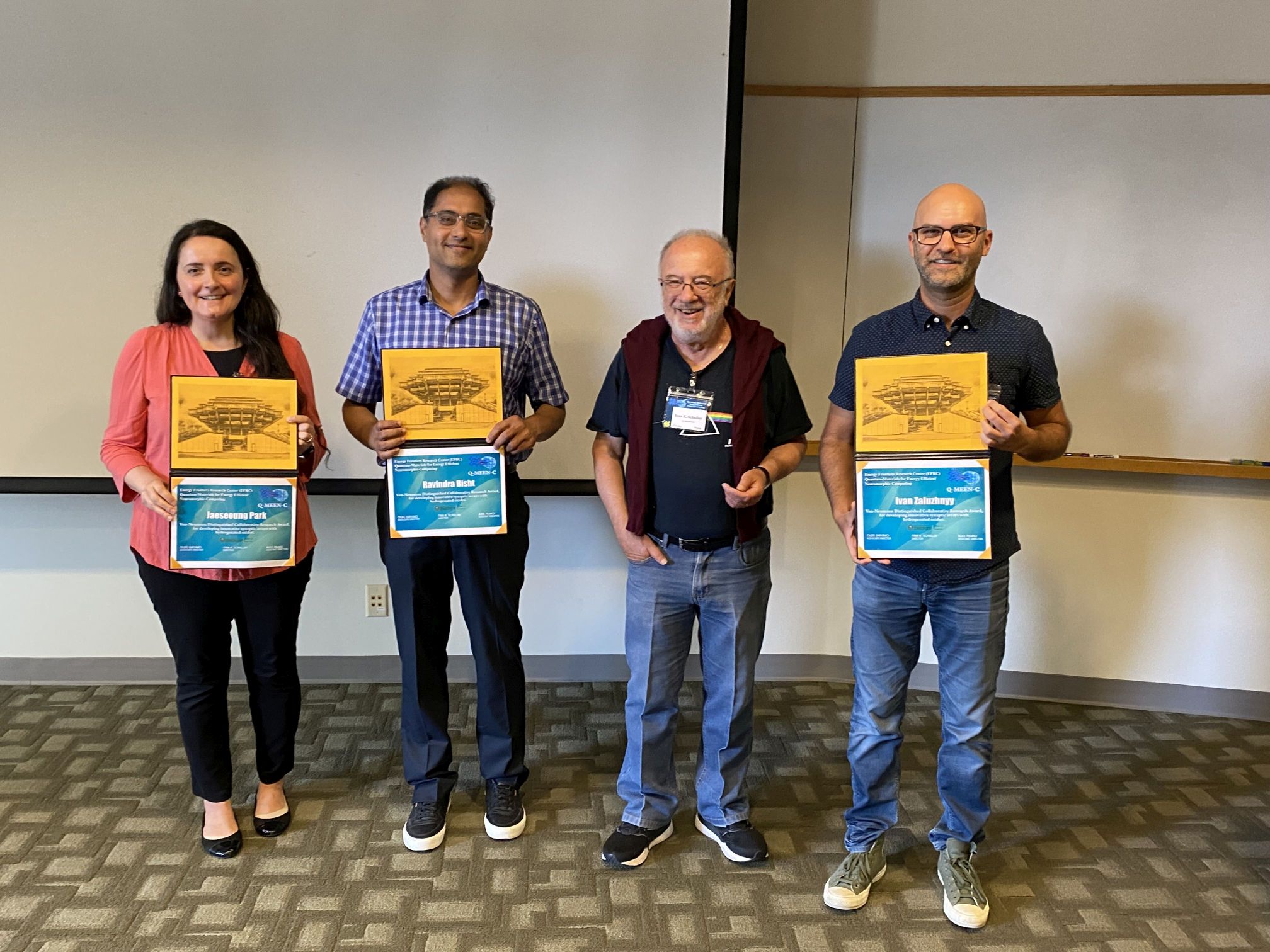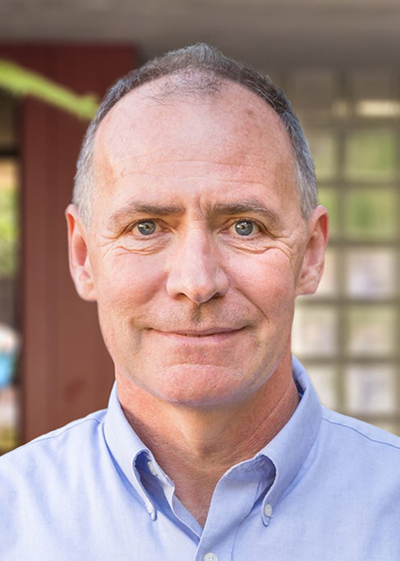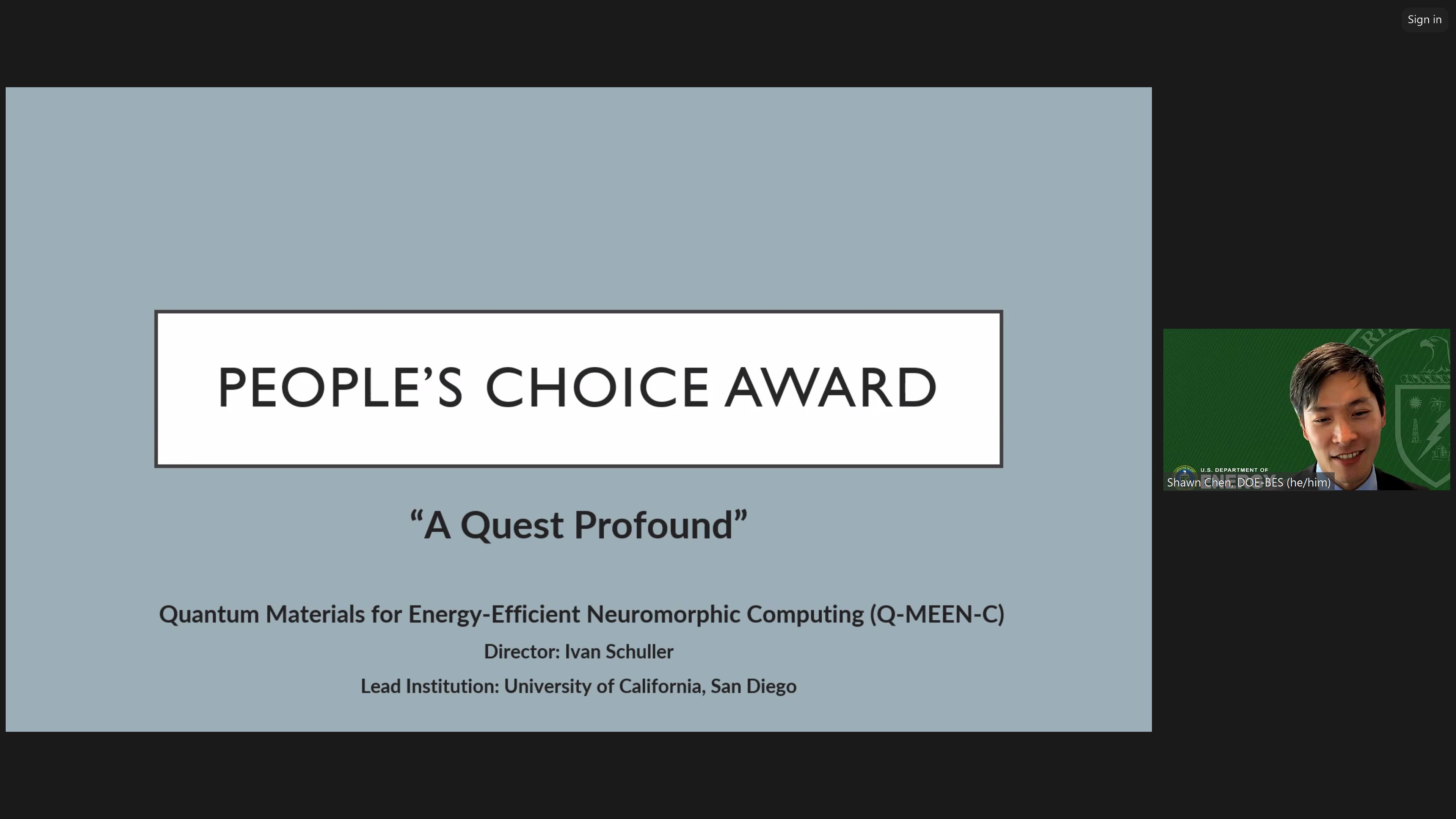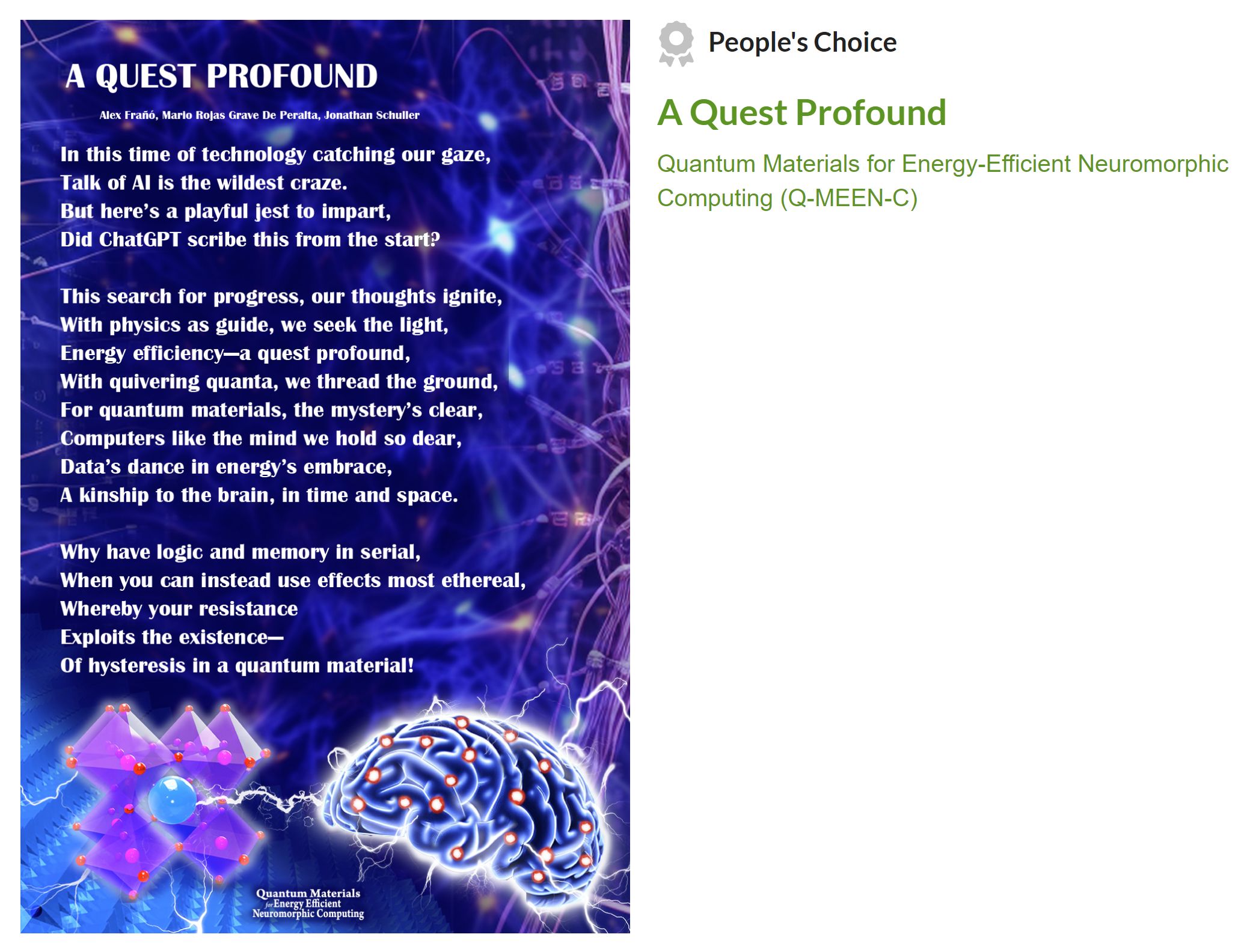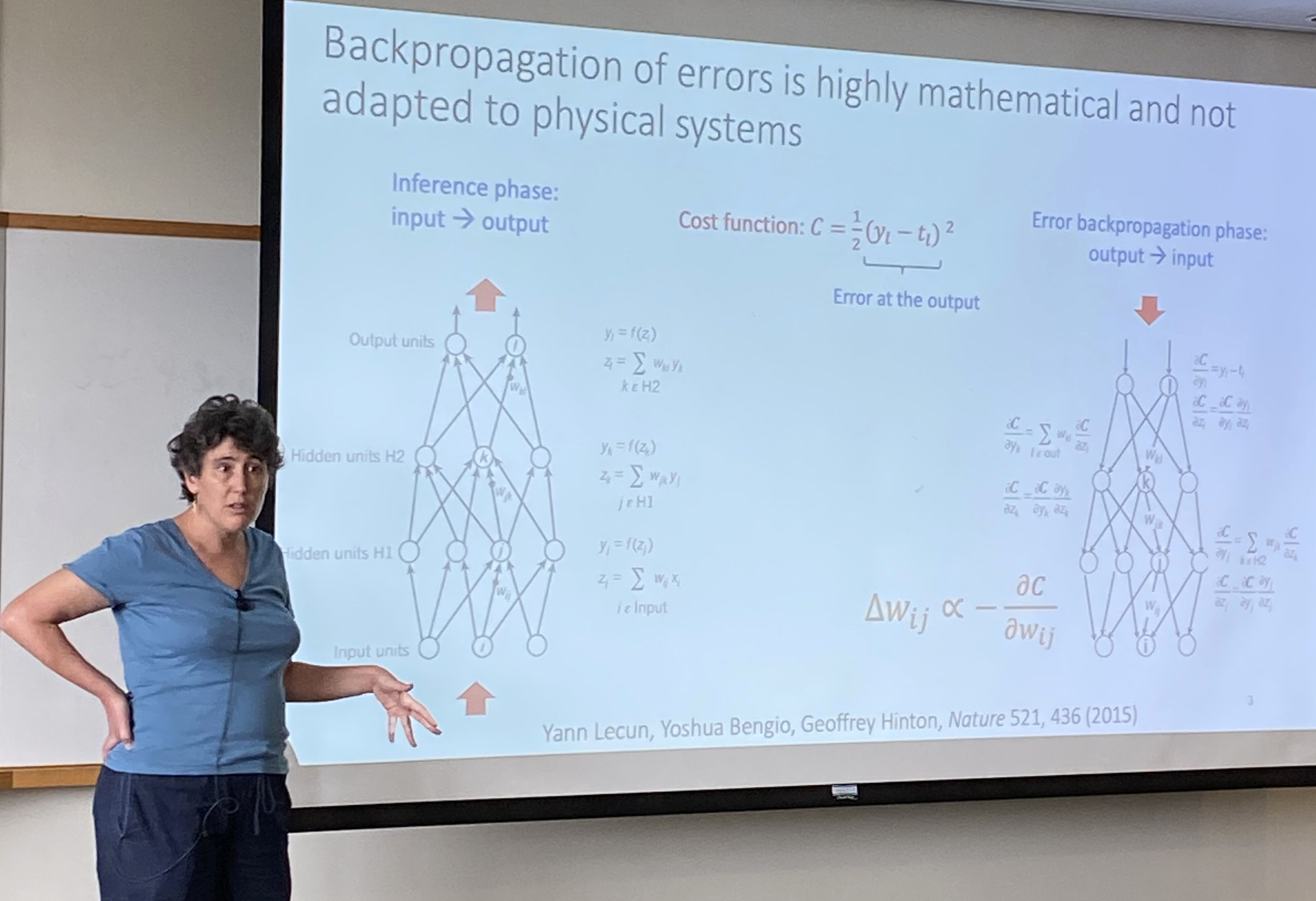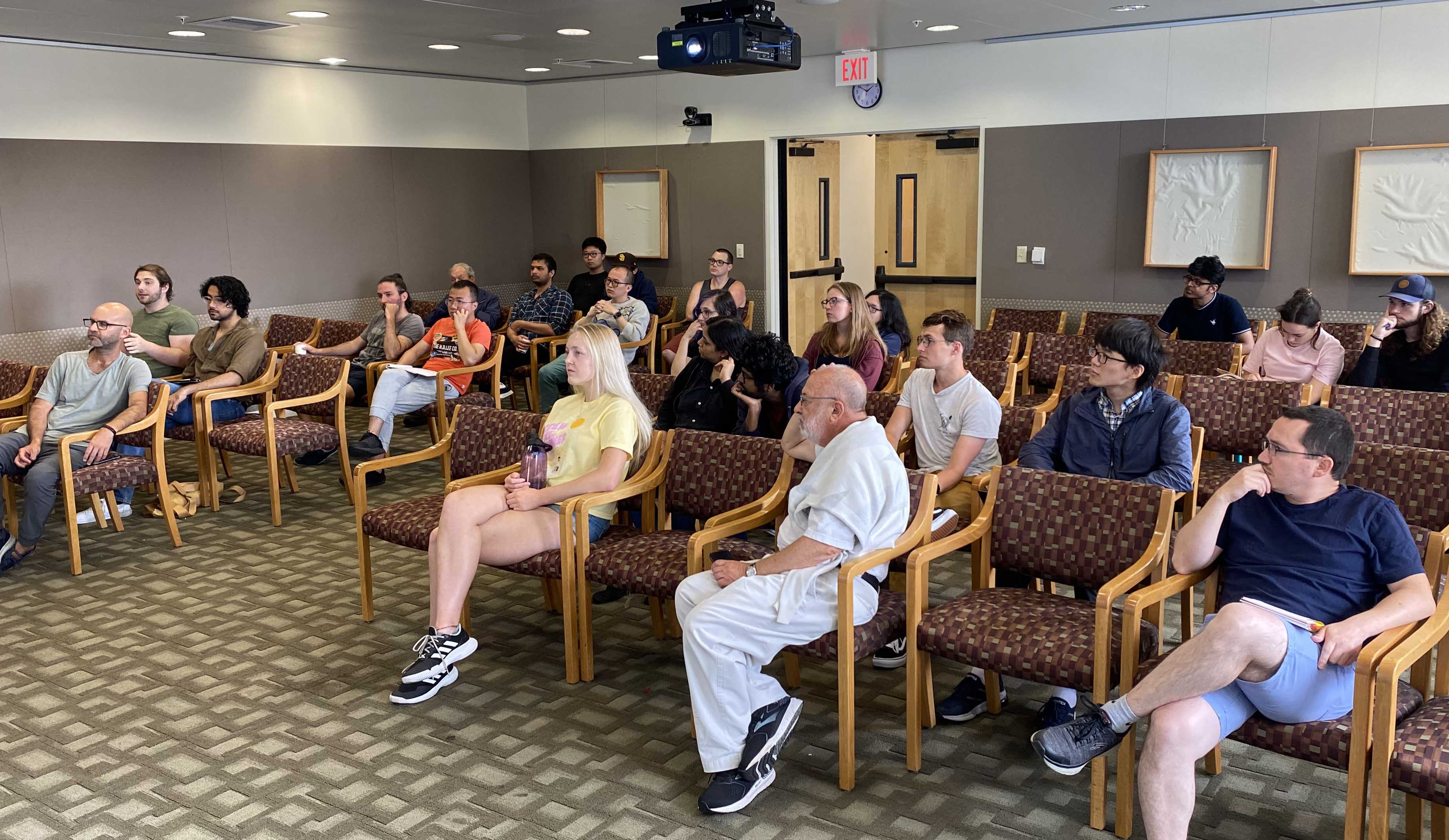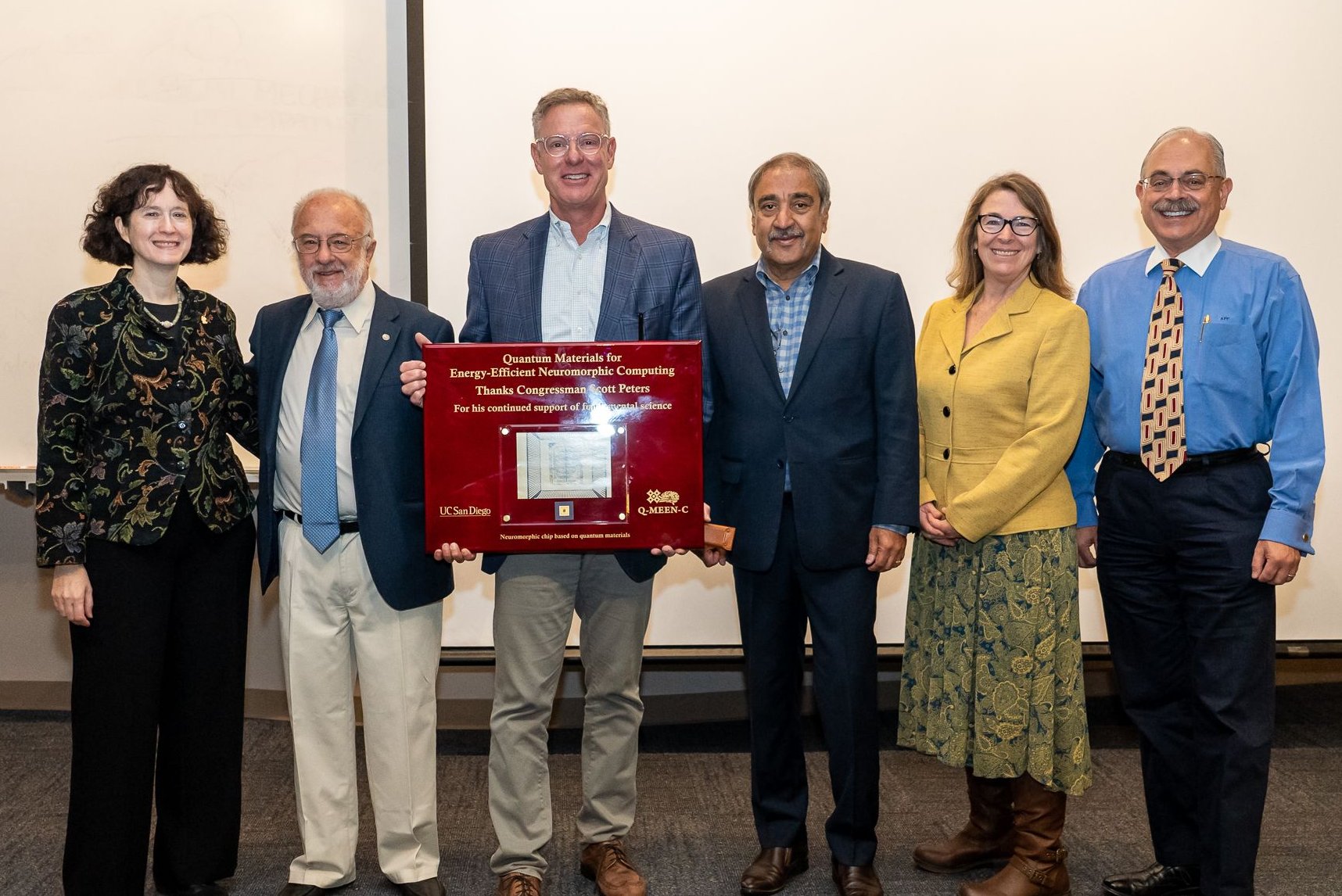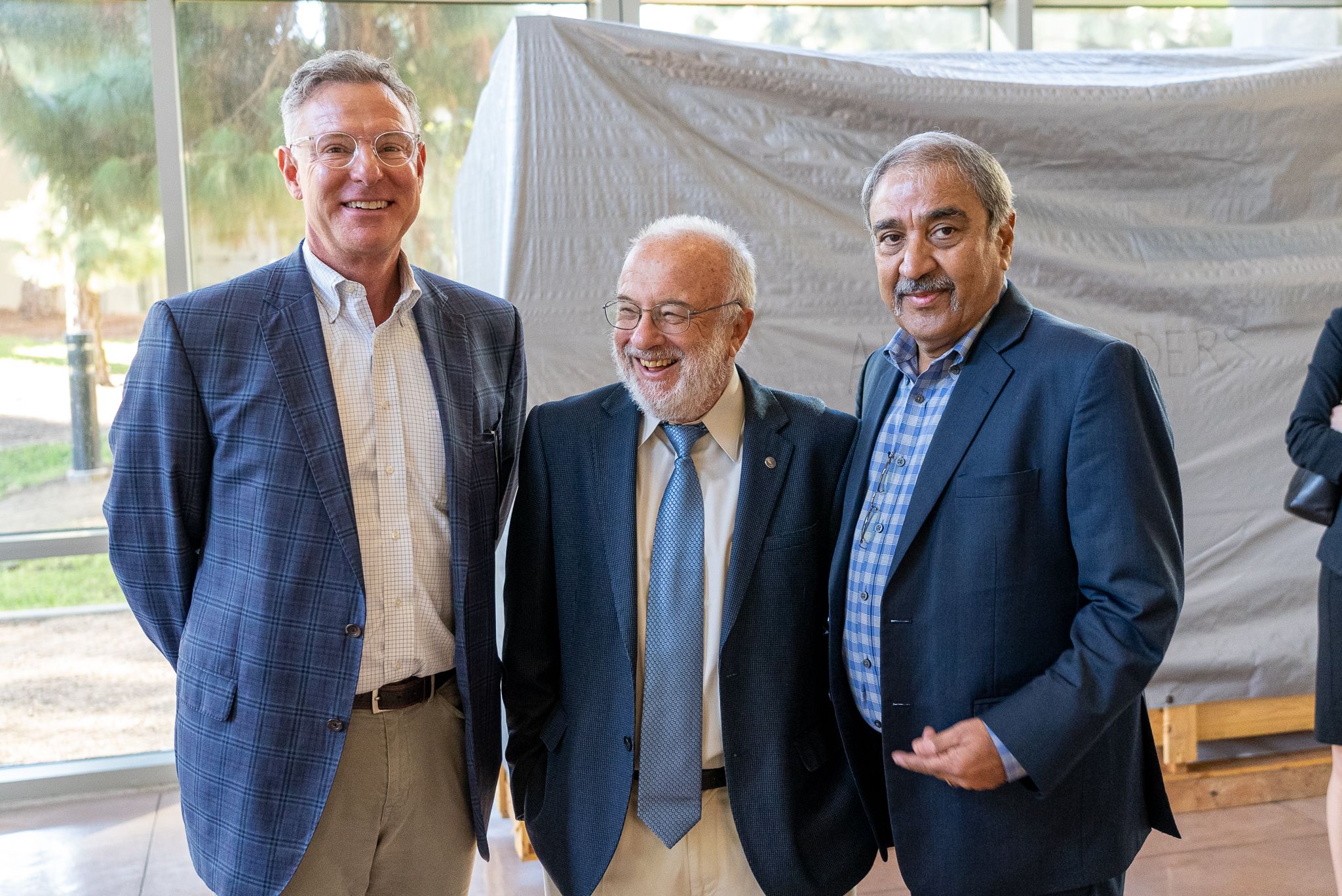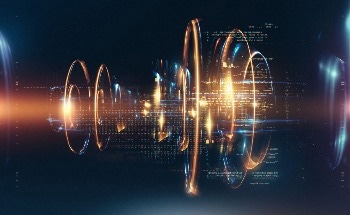Q-MEEN-C's Duygu Kuzum Receives Presidential Early Career Awards
An associate professor in the Department of Electrical and Computer Engineering, Duygu Kuzum was recognized for her research advancing nanoelectronics for energy efficient neuromorphic computing and devices, and development neurotechnology to better understand circuit-level computation in the brain. Kuzum is the recipients of the Presidential Early Career Award for Scientists and Engineers (PECASE). An honor bestowed by the United States government to scientists and engineers in the early stages of their independent research careers.
Posted 1.28.2025
Read Full Article by Ioana Patringenaru, Lauren Fimbres Wood, and Mario Aguilera



